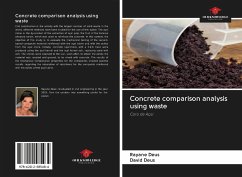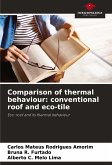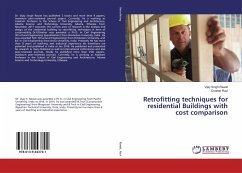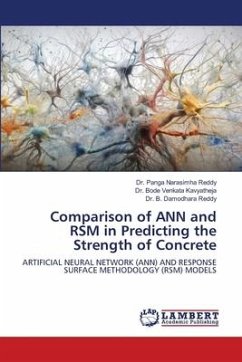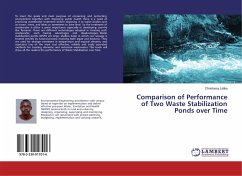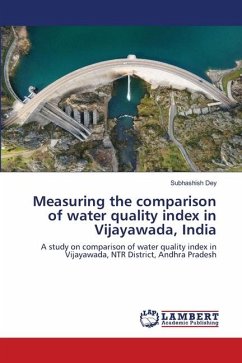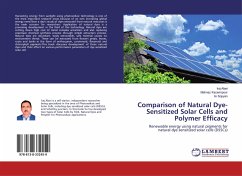Civil construction is the activity with the largest number of solid waste in the world, different methods have been studied for the use of this waste. The açaí stone is the by-product of the extraction of açaí pulp, the fruit of the Euterpe oleracea strain, which was used to reinforce the concrete. In this context, the objective of this study is to evaluate the mechanical testing of the cement-based composite material reinforced with the açaí stone and with the ashes from the açaí stone. Initially, concrete specimens with a 2:4:6 trace were produced using the açaí kernel and the açaí kernel ash, replacing sand with ash. The stones were exposed to the sun, soon after, to obtain the ashes the material was roasted and ground, to be mixed with concrete. The results of the mechanical compression properties for the composites showed positive results regarding the absorption of resistance for the composite reinforced with the ashes of the açaí stone.
Hinweis: Dieser Artikel kann nur an eine deutsche Lieferadresse ausgeliefert werden.
Hinweis: Dieser Artikel kann nur an eine deutsche Lieferadresse ausgeliefert werden.

